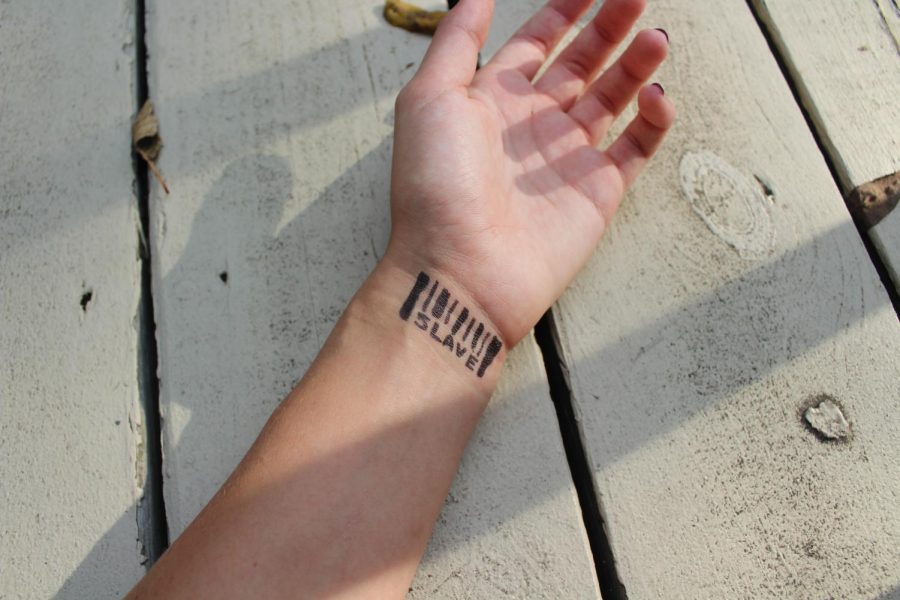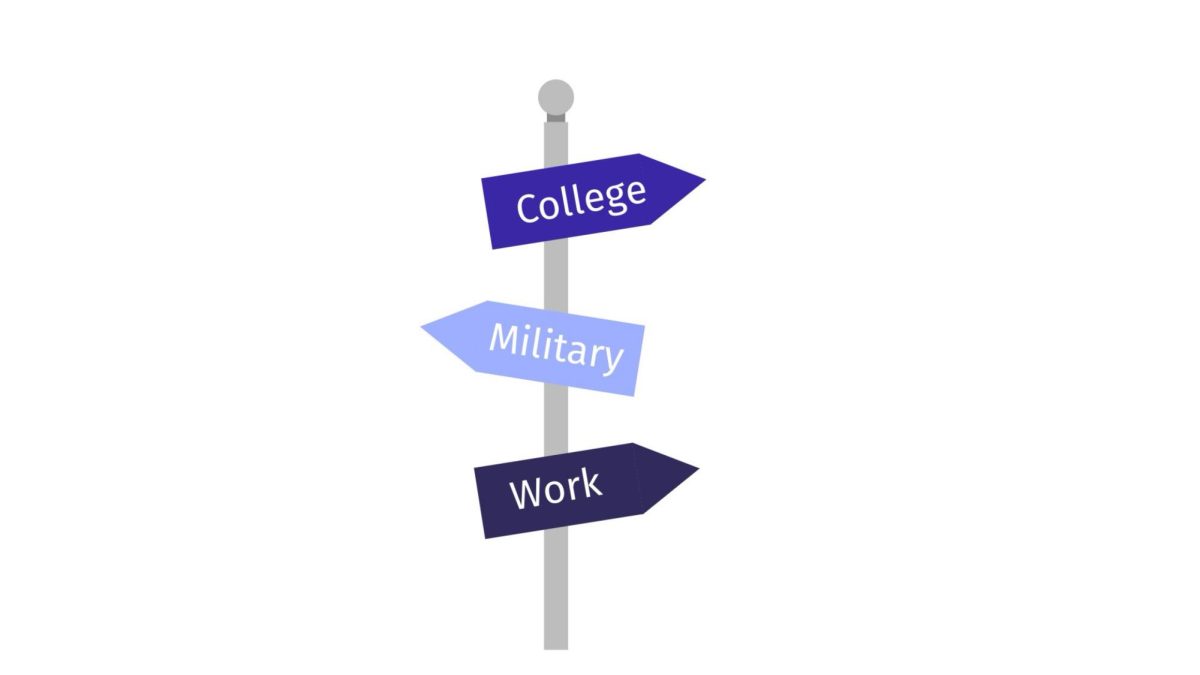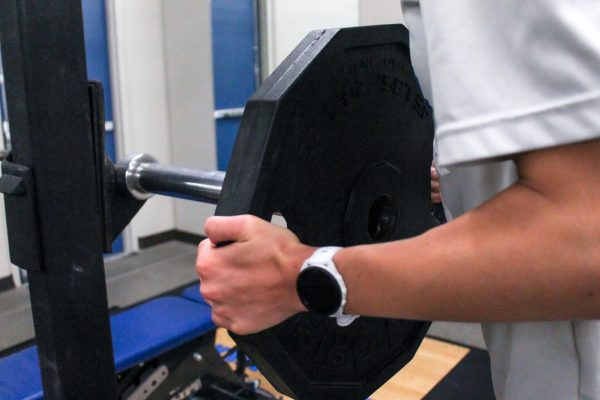Trafficking Right Under Our Noses
What Really Happens with Human Trafficking and How Close it Actually is
Human trafficking, which includes “forced labor, bonded labor, debt bondage among migrant laborers, involuntary domestic servitude, forced child labor, sex trafficking, and child commercial sex trade” is happening all across the country, including locally.
September 11, 2019
Human trafficking: a term that is heard more often recently. An industry that is quite a mystery to most people. There is so much more beneath the surface than meets the eye.
As recent as March, 2019, Fox 4 KC inteviewed a woman sharing her surviving story from human trafficking. Loni Kuriakose had a recent encounter with human trafficking and became a major part of her life.
“He would walk me to my car, just a normal nice guy. Never would’ve thought anything about it…And then he ended up taking me across state lines to Kansas and brutally raping me and trafficking me for eight years,” Kuriakose said in her interview.
She eventually escaped and is now calling for action and awareness. Kuriakose also talked about how she grew up well.
According to the interview, an older co-worker at her after-school job slowly groomed her away from her friends and family. Eventually, she was stuck in this bubble and got taken away and plunged into the illegal underground business.
Human trafficking is a topic that many people may not know much about and have many questions. The best thing to do is to be aware of the topic. For example, trafficking is not just kidnapping. Traffickers form close relationships with their victims and eventually seclude them from all of their close relations and get he or she to only trust the trafficker.
San Mateo County, California answers frequently asked questions about human trafficking. The article talks about how traffickers choose their victims, “There is not one consistent face of trafficking victim. Trafficked persons in the United States can be men or women, adults or children, foreign nationals or US citizens. Some are well educated while others have no formal education.”
Traffickers target anyone and everyone, oftentimes they choose people with vulnerabilities and insecurities. Traffickers make their victims feel accepted like no one else made them feel, so people are more at risk that way. Although this sounds very easy to avoid, it is not as simple as all of that. Psychology plays a big part in the process as well.
The article also states, “Many victims are controlled by traffickers through psychological means such as threats of violence, manipulation and lies…traffickers use a combination of direct violence and mental abuse.”
This process can take place online or in real life such as places like work environments.
Where everything happens is a different story. Victims are stuck in the industry for years and it is hard to escape since most traffickers keep victims drugged at all times. Trafficking happens in places one would never expect, including “private homes, hotels, nail salons, restaurants, bars, strip clubs, and fake massage businesses.”
There are also different types or trafficking other than sex trafficking. In the United States there are, “forced labor, bonded labor, debt bondage among migrant laborers, involuntary domestic servitude, forced child labor, sex trafficking, and child commercial sex trade.”
These all take place in the U.S. and could be happening locally as well but people may never be aware.
Teenagers are most affected by human trafficking and often victims are 14-25 years old. Olathe West Student Resource Officer Andy Falcon explains which teenagers would be most susceptible to fall into the trap of human trafficking.
“[Students] that don’t have a very good home life,” he said. “Maybe it’s not a two parent household, that are struggling to provide for them, parent has a boyfriend/girlfriend comes in and maybe start to abuse the student. That kind of sends them down that path of being better off to go somewhere else and not be here.”
Students that runaway from home are more exposed to human trafficking more often than not. Students can runaway for many different reasons but it is usually related to problems with family, which makes the teen more vulnerable if they are talking to someone online.
Falcon also talks about the ways he helps runaways.
“One thing that the Olathe Police Department does is that anytime we do have juveniles and are reported as runaways,…my supervisor contacts me to say, ‘Hey, one of your West students ran away over the weekend. When you get a chance, sit down with them and do a follow up interview’” Falcon said.
Local police departments don’t leave runaways unaknowledged because there is always a possibility or human trafficking that could be happening.
Human trafficking is a growing industry and could be coming very close to Olathe West. Being educated on the subject is the best thing for students and teenagers to do.
Sorces:
https://csw.smcgov.org/frequently-asked-questions








